introduction
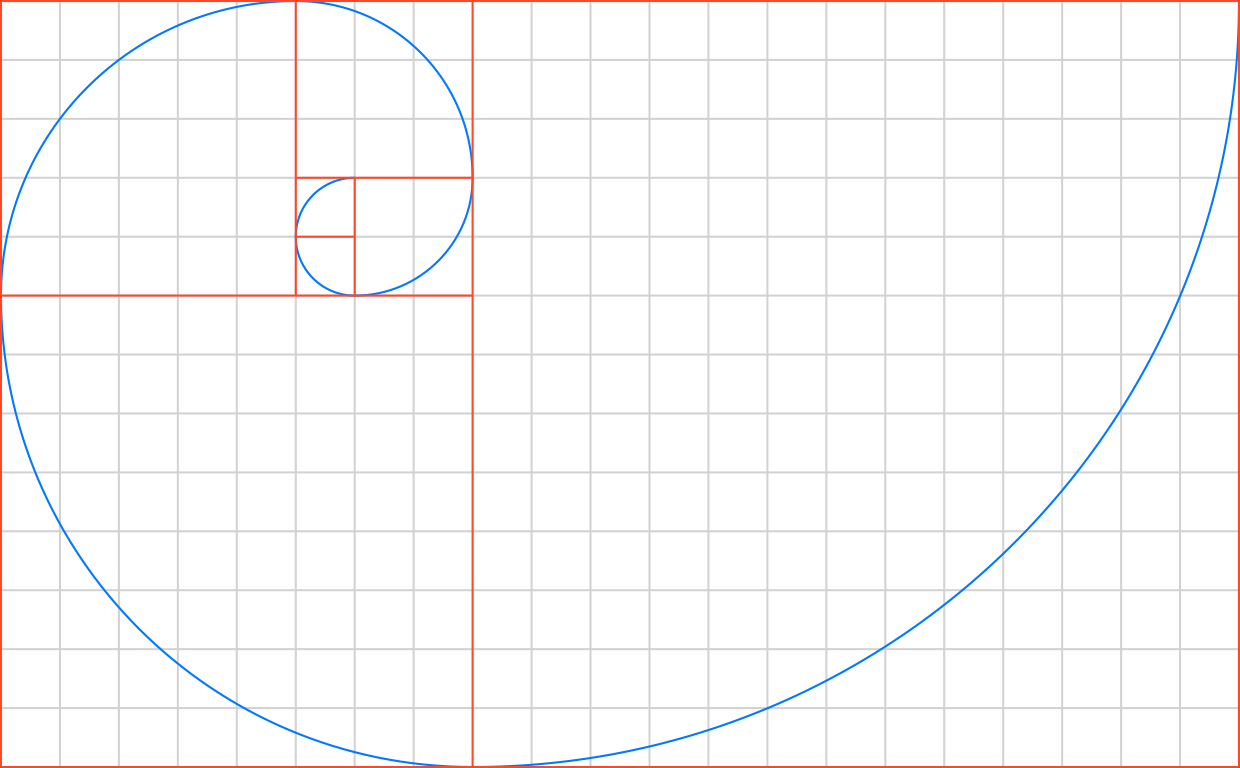

Almost every layout has axes, invisible guidelines along which the key elements — text blocks, headlines, illustrations — are arranged. These guidelines are the elements of the grid. A grid can be very primitive and, for a book with a simple structure, may merely to be the baselines and margins of the text. Or it can be very complex, since it will have to deal, say, with the variety of texts, headlines, photos, announcements and graphics that make up a newspaper. For a multi-column magazine, the grid may unexpectedly change the number of columns from section to section, or on a website extend or compress in response to the width of the browser.
The structural basis of a composition is not always visible to the inexpert eye, but a layout without a grid is unlikely: it is almost surely there.
W
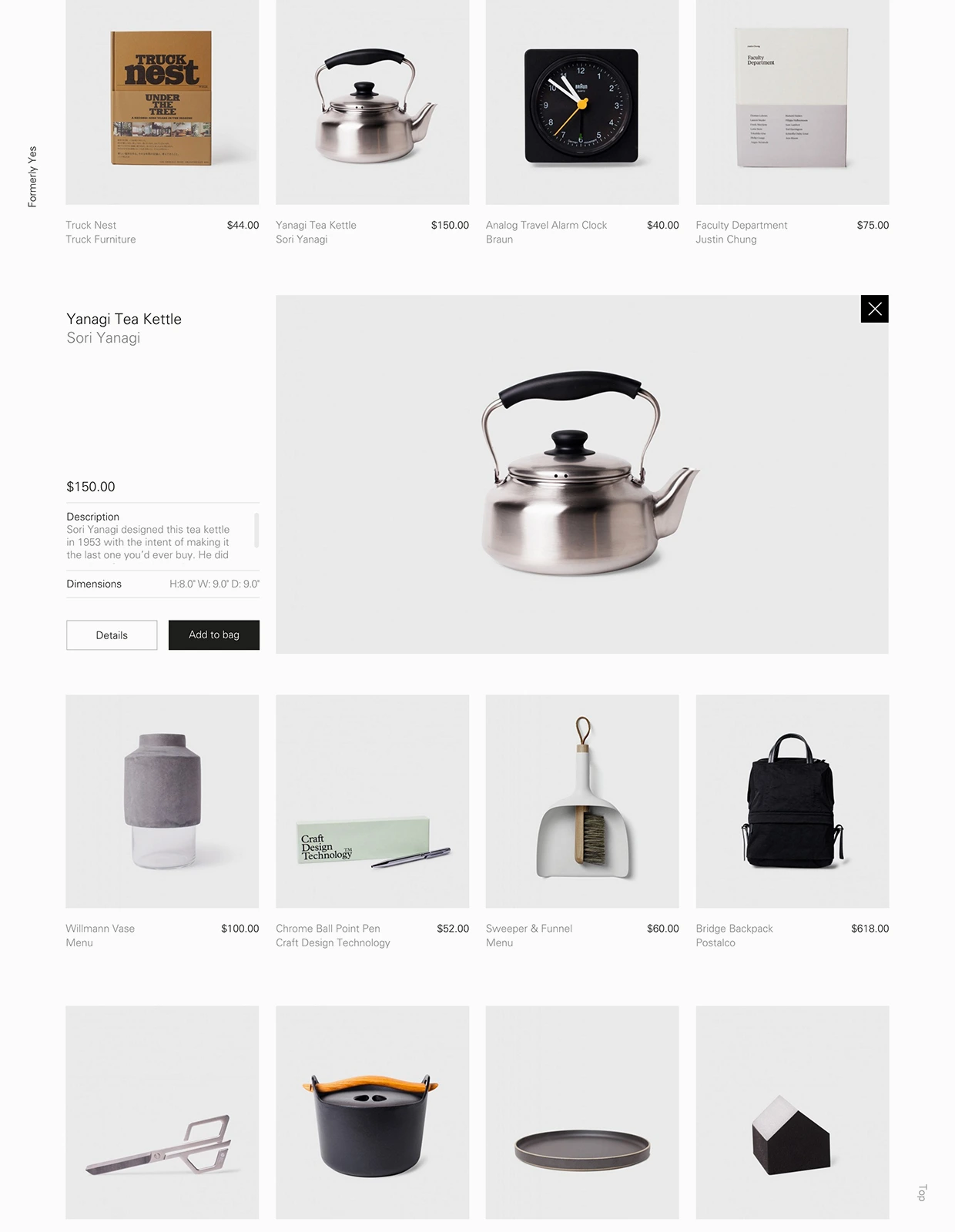
a.
W
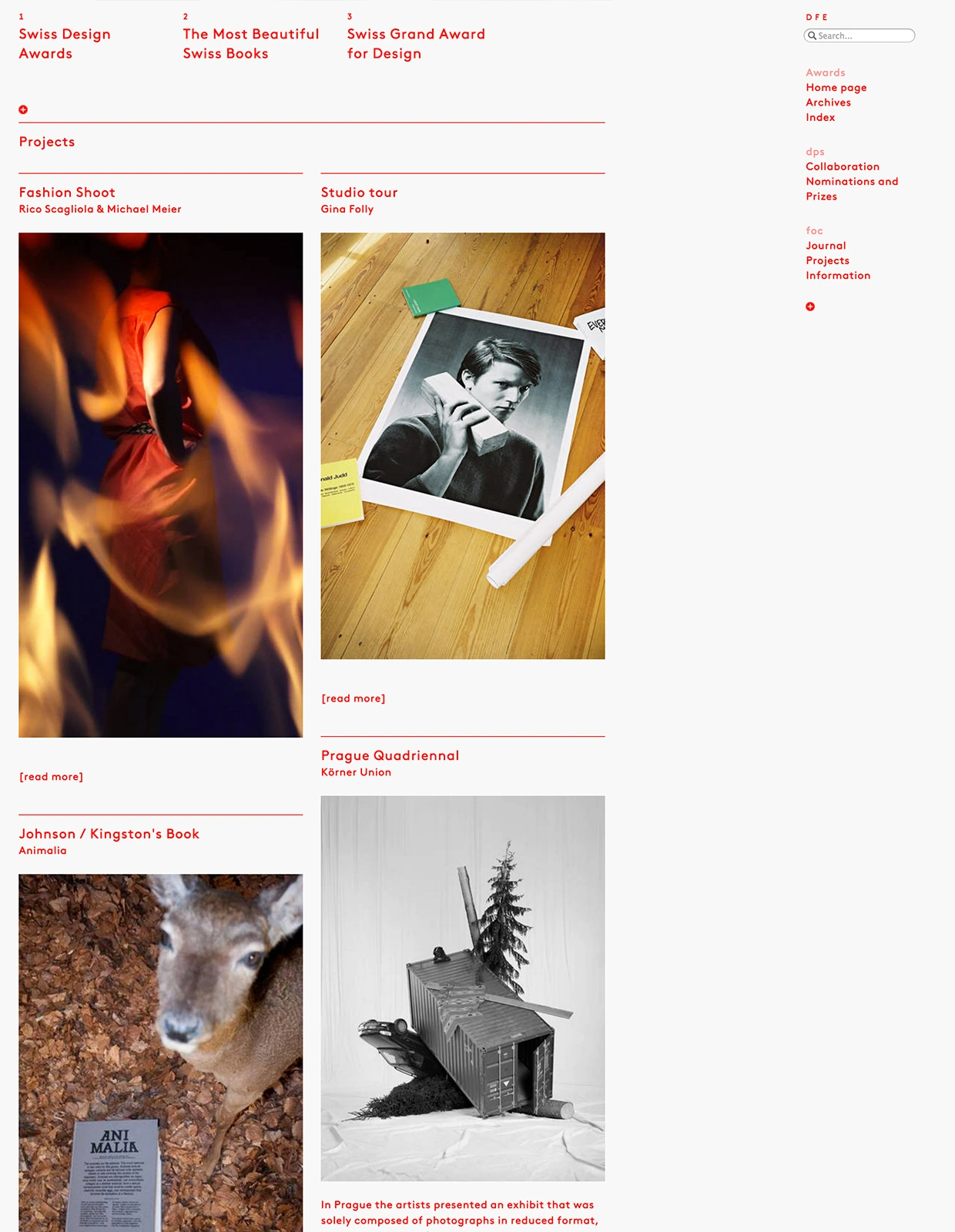
W
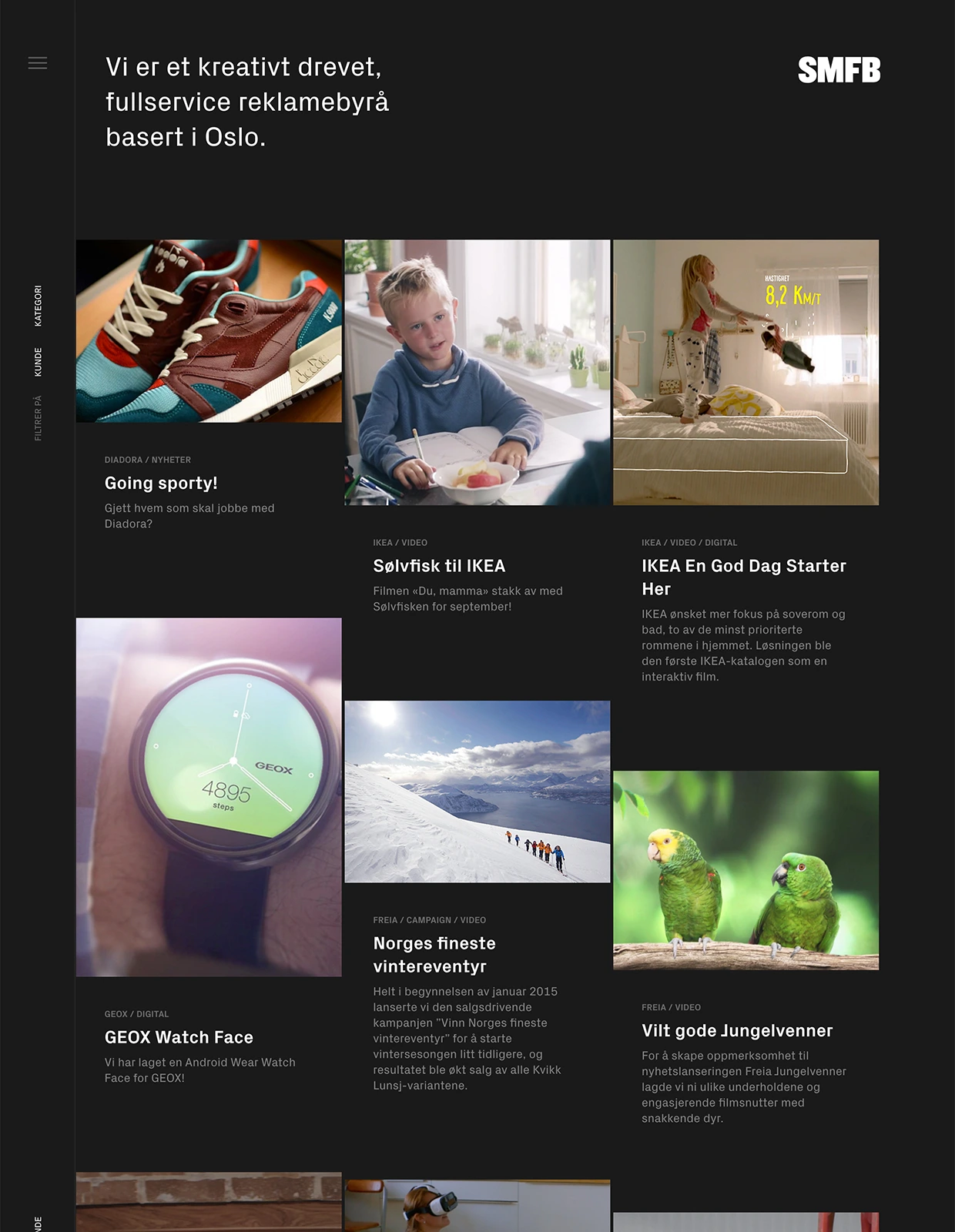
W
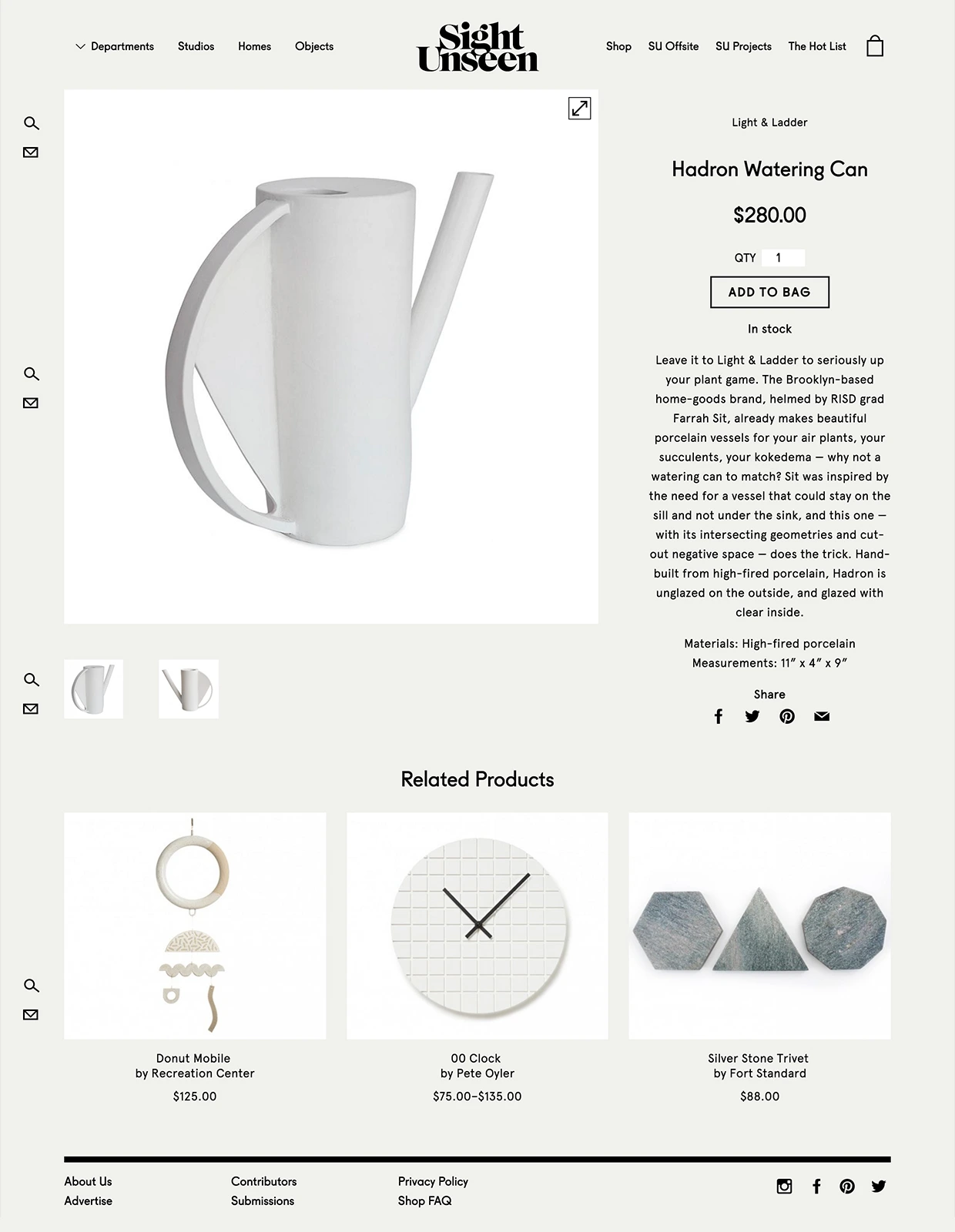
W
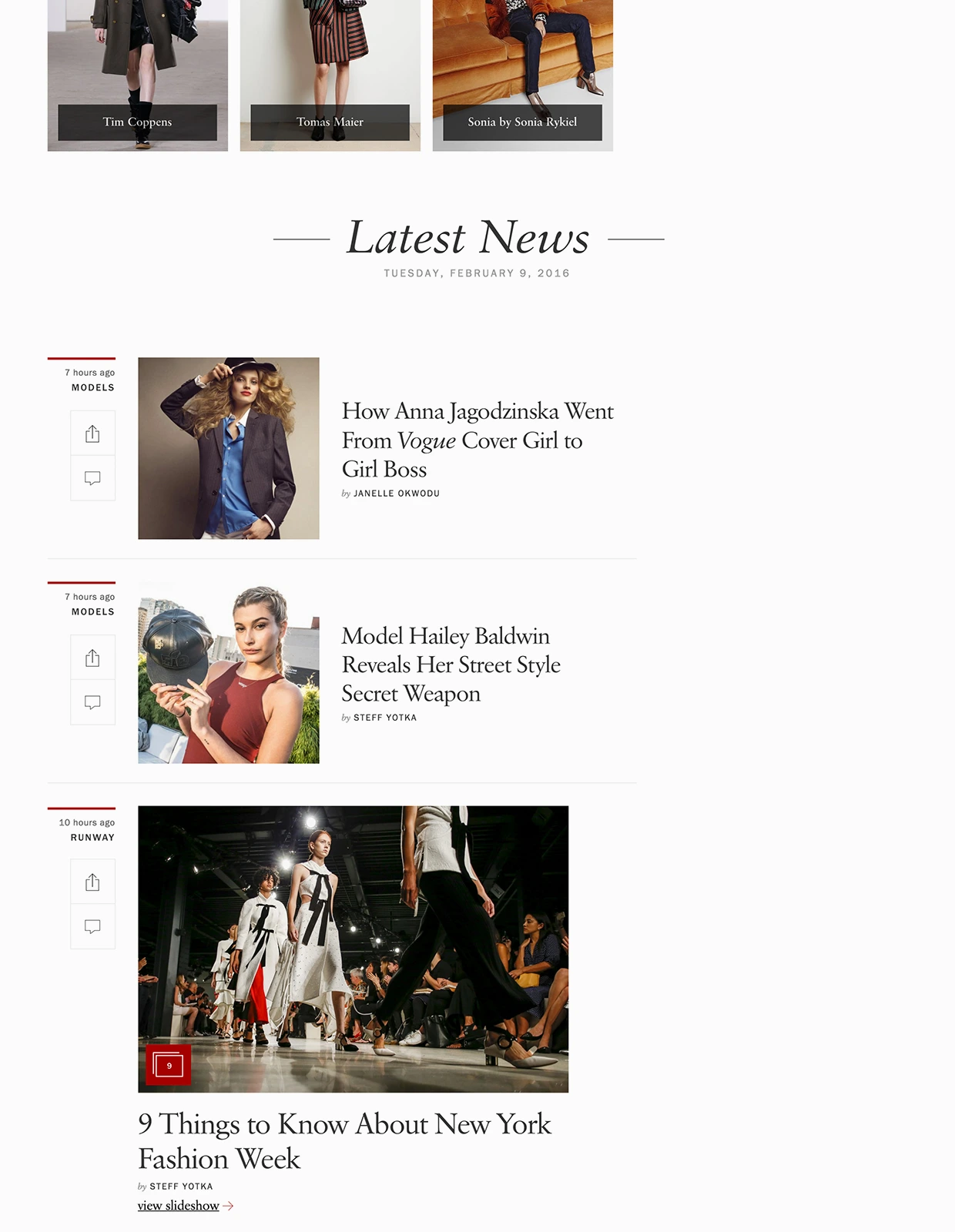
W
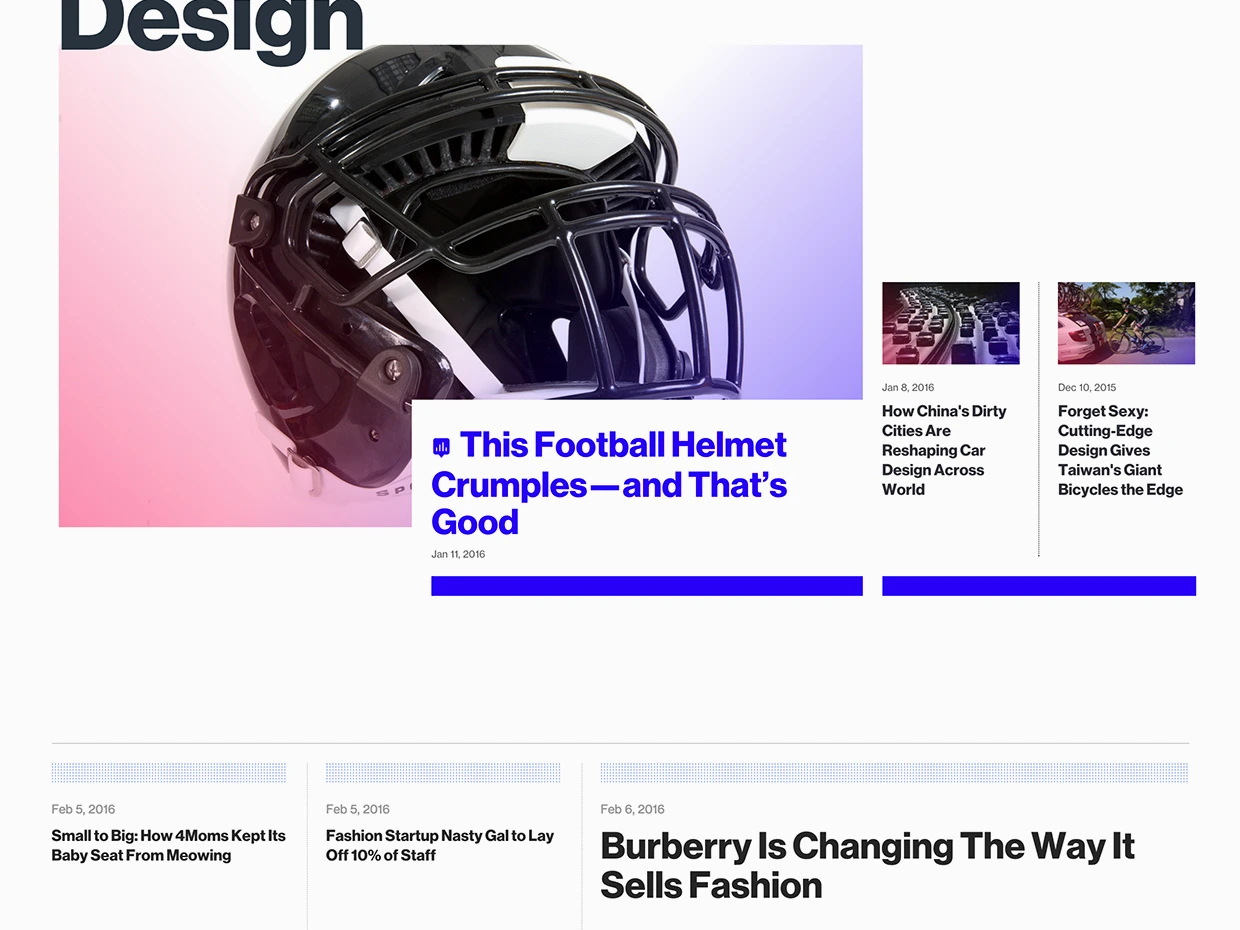
W
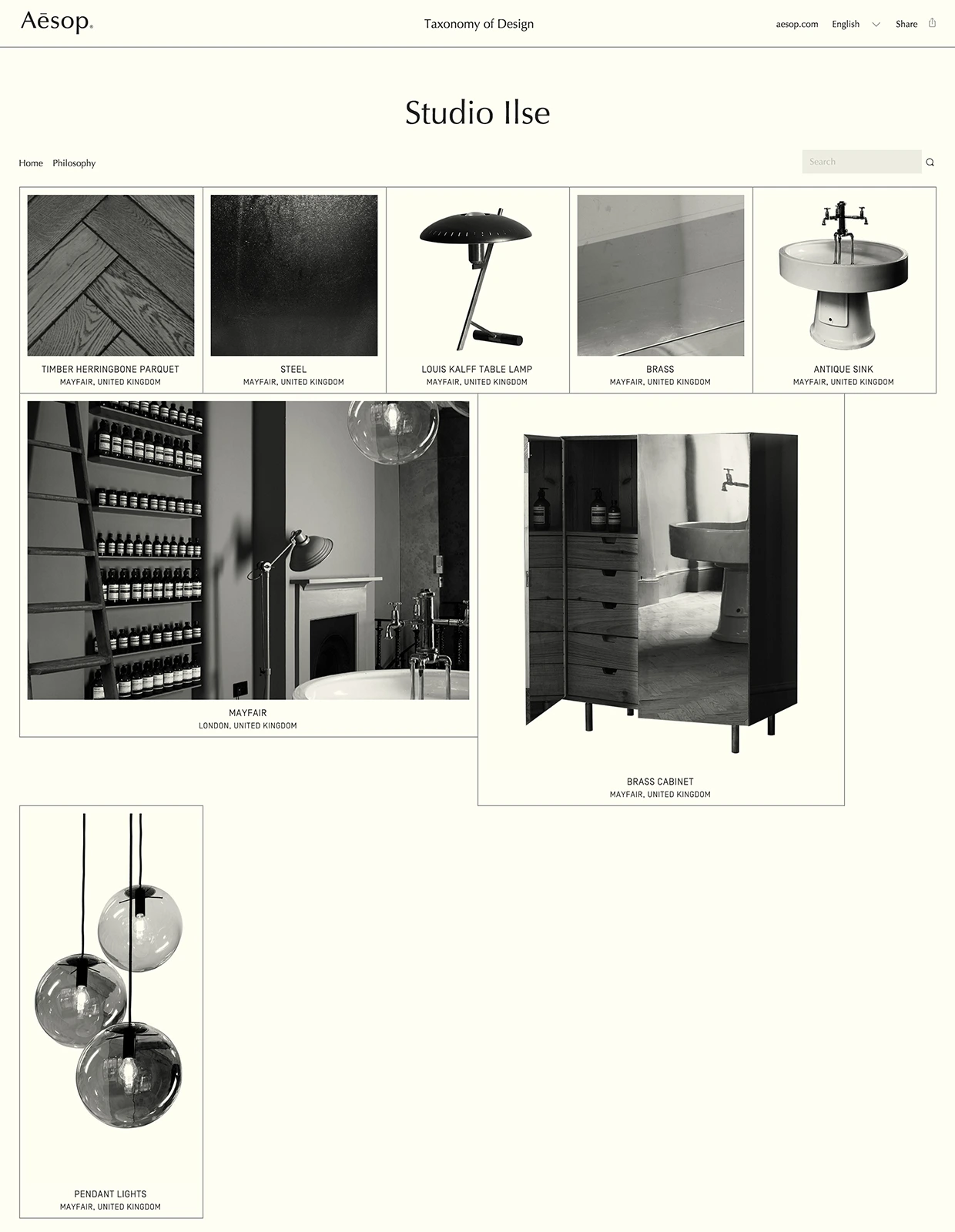
W
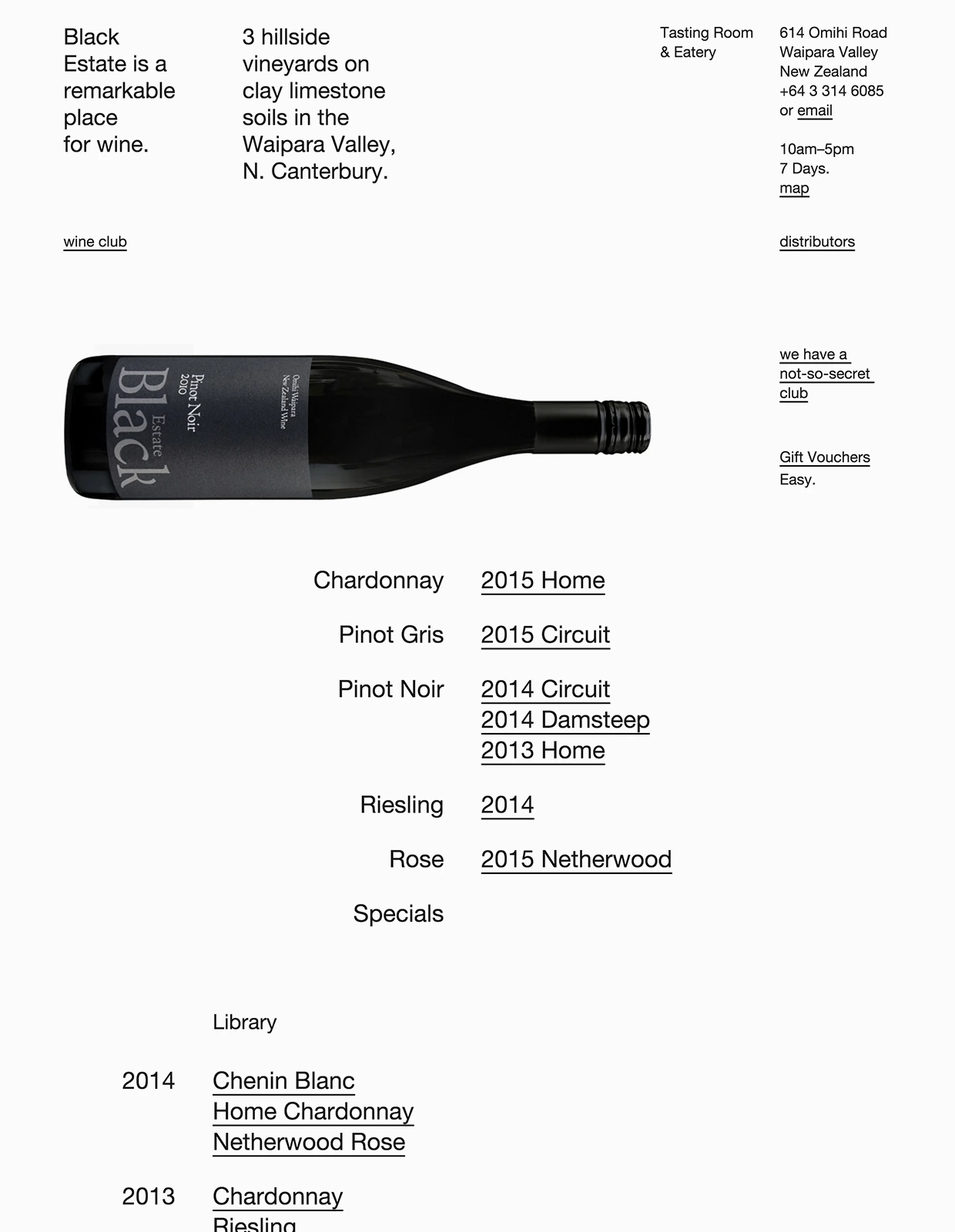
W
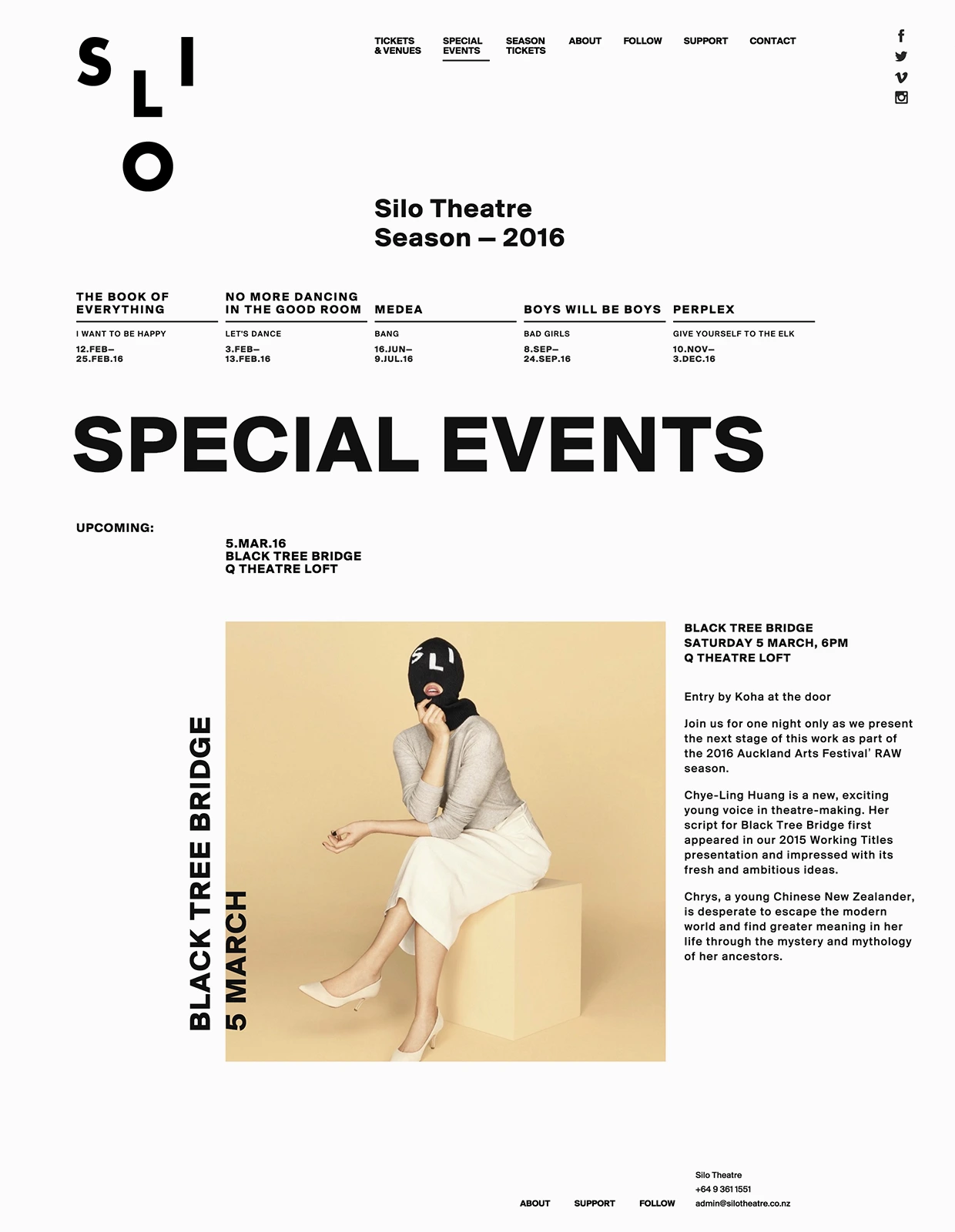
b.
Books or articles on the history of typography can frighten the novice with talk of mathematics and geometry, references to Fibonacci Sequences, the Golden Ratio, le Corbusier’s modulor and the work of the Swiss modernists. But the construction of modular grids, although often based on complex relationships between whole and part, is a matter of practical necessity. A person who has once faced the problem of designing a multipage document knows how extremely wearing it is to think anew on every page about where to put headlines or captions or what size type to use for a three-line heading and how much space to leave between it and the start of the text.
The process is made many times easier when you define the axes and margins for a group of pages. As to the theories just mentioned (which are complex only at first glance), they are merely various ways to help come up with a module. On the other hand, if you are confident in your own artistic sense, you can establish the main guidelines with your eye and forget about the Golden Ratio. The most important function of the modular grid is to ease the work of the designer in devising a multi-element or multipage layout.
A multipage publication, as a rule, contains a large number of visual elements, and their being seen as parts of a clear and well-thought-out structure simplifies the designer’s job.
M
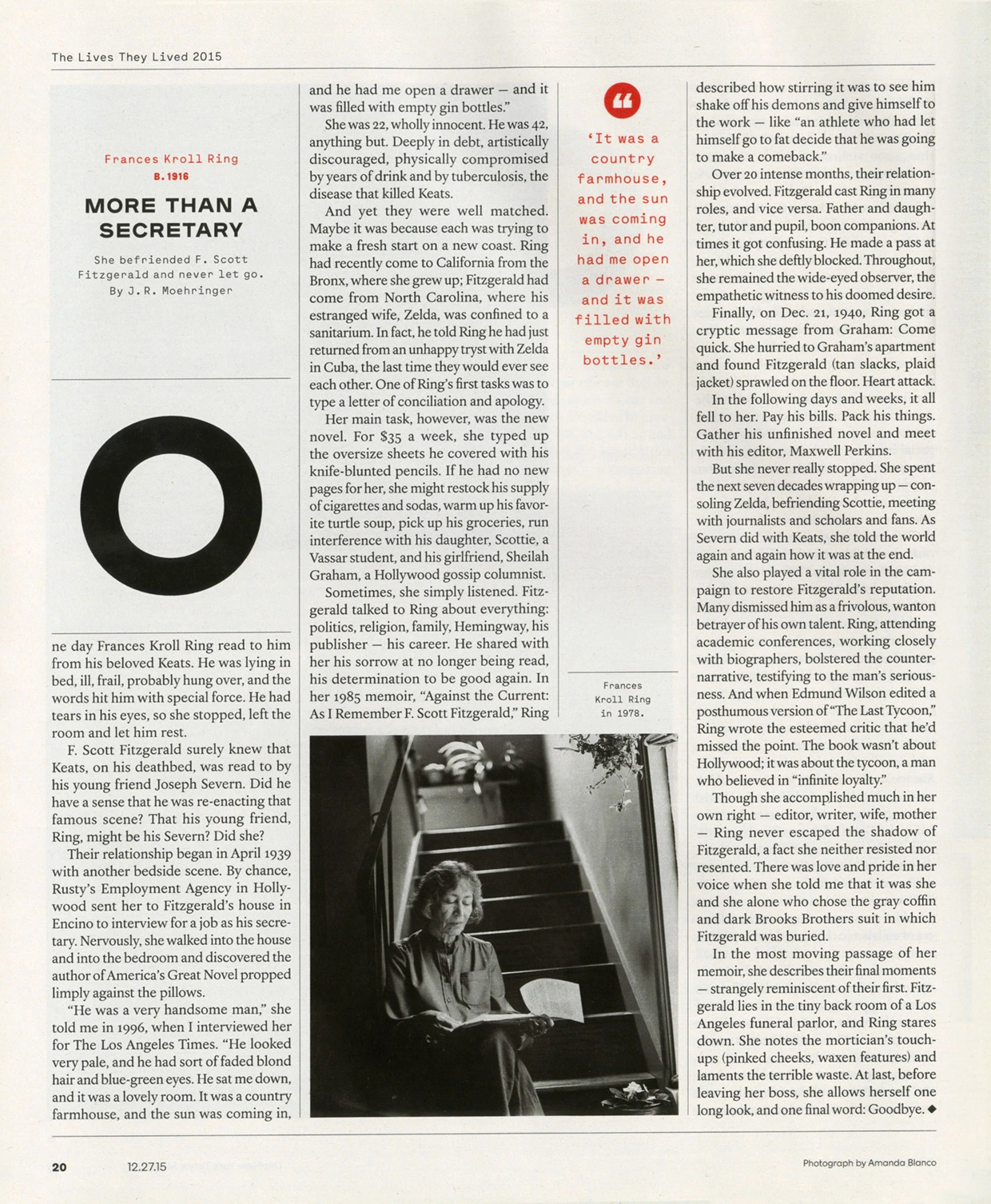
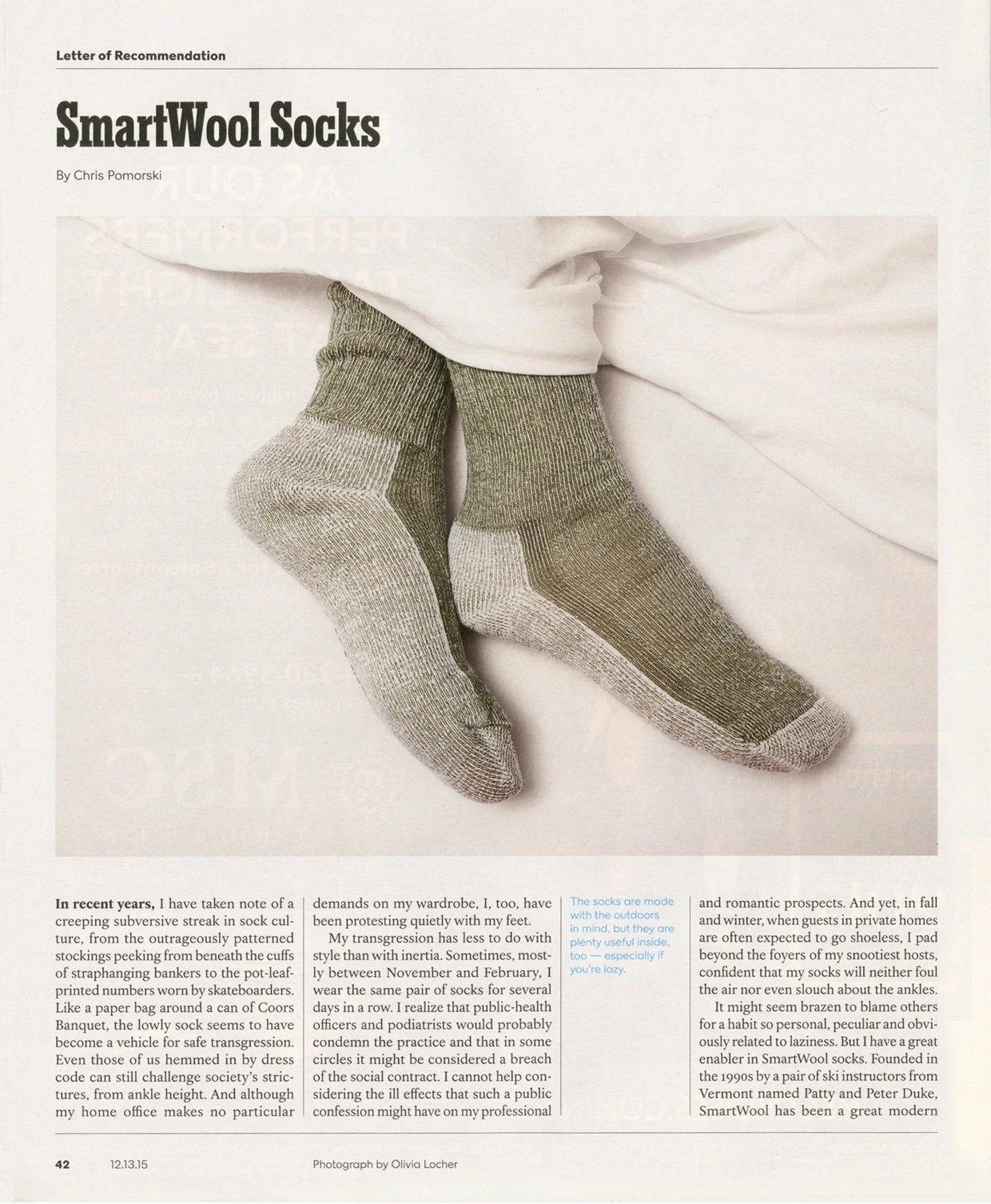
e.
In designing print publications (and all the more for digitals), grids make it possible
to determine practically any parameter. They are truly a universal tool. But in most cases the grid determines only several of the most important features of any layout:
the width of the text area, the size of type and leading, and the division of the text in columns.